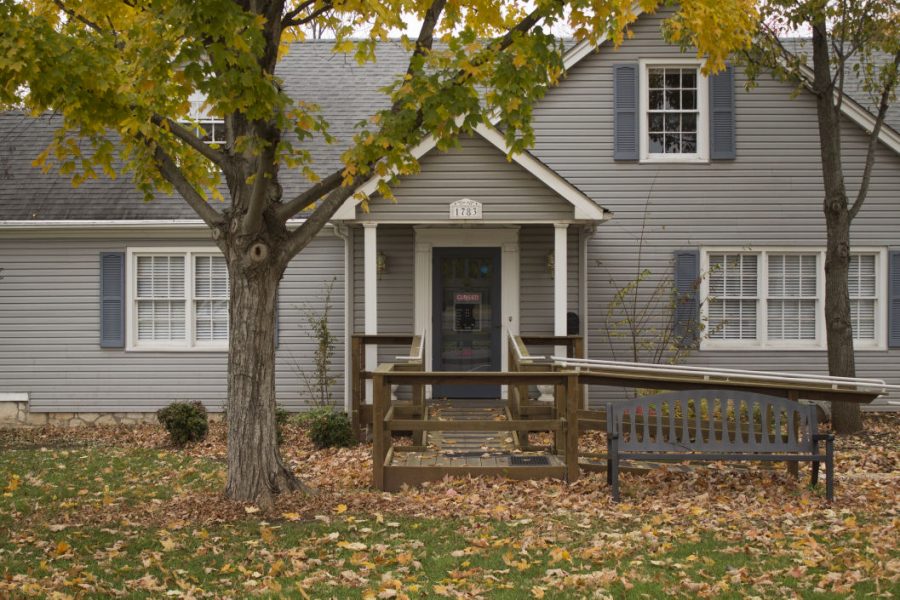African American Museum relocates to Chestnut Street
November 13, 2014
Back in the early 20th century, the African American population of Bowling Green found community in The Shake Rag, as it was previously called. It was an area created and centered around State Street for many years.
Lloren Foster, a professor of African American Studies and the treasurer and interim vice chair of the African American Museum | Bowling Green Area (AAMBGA), recognizes and works closely with the history of the area and the city as a whole.
“All that area can be traced back to the Civil War when black soldiers who fought in the Civil War came back and created a community, a vibrant community…where the Medical Center has begun to encroach,” he said.
The AAMBGA was located at 301 State St., in the middle of this history, up until a week ago. They packed up, moved out and are currently renovating the Erskine House on Chestnut Street., the former home of WKU’s Faculty Center for Excellence in Teaching staff, a program that was closed during budget cuts last year.
President Gary Ransdell offered the building to the AAMBGA when the space became available, although the museum is its own project.
“(AAMBGA) is an independent entity,” Foster said. “The university is our landlord and we are its tenant.”
The former Shake Rag area is slowly being taken over by other business, and the fear of losing the history associated with the community is present with Foster.
“What’s happening in Bowling Green on one level is happening across the country in this process called gentrification,” Foster said.
Taylor Chapel, the second oldest black church in Bowling Green, is another example of the shifting culture in the area. The church is being transformed into a farmer’s market.
“In the process of gentrification happening, people will look at spaces and they’ll always think that, for lack of a better way of saying it, they’ve always been white spaces and they have not always been. Especially in the south where segregation was keen,” he said.
It’s a process that has already occurred in other former predominantly African American communities in town.
The area around the Erskine house was formerly the second of the two black communities, called Jonesville. It was comprised of 30 acres and included 65 to 70 homes, churches and businesses, John Hardin, a history professor and board of directors member for the AAMBGA, said.
The last of the Jonesville area was the Mt. Zion Baptist Church, which sold in December 1966. Much of the area was then used in the transformation of Western Kentucky State College into Western Kentucky University.
The AAMBGA, however, will bring some of the history back to the area when they finish relocating to the Erskine building. The Museum plans on opening in the beginning of 2015, with goals to open on Martin Luther King, Jr. day.
“What we’re doing is we’re marshaling the support of our community as you can see through the university and through the city council,” Foster said. “We’re marshaling that support to start telling that story, that very vital story of Bowling Green and Warren County so that it doesn’t get lost.”




















![Megan Inman of Tennessee cries after embracing Drag performer and transgender advocate Jasmine St. James at the 9th Annual WKU Housing and Residence Life Drag Show at Knicely Conference Center on April 4, 2024. “[The community] was so warm and welcoming when I came out, if it wasn’t for the queens I wouldn’t be here,” Inman said.](https://wkuherald.com/wp-content/uploads/2024/04/smith_von_drag_3-600x419.jpg)


